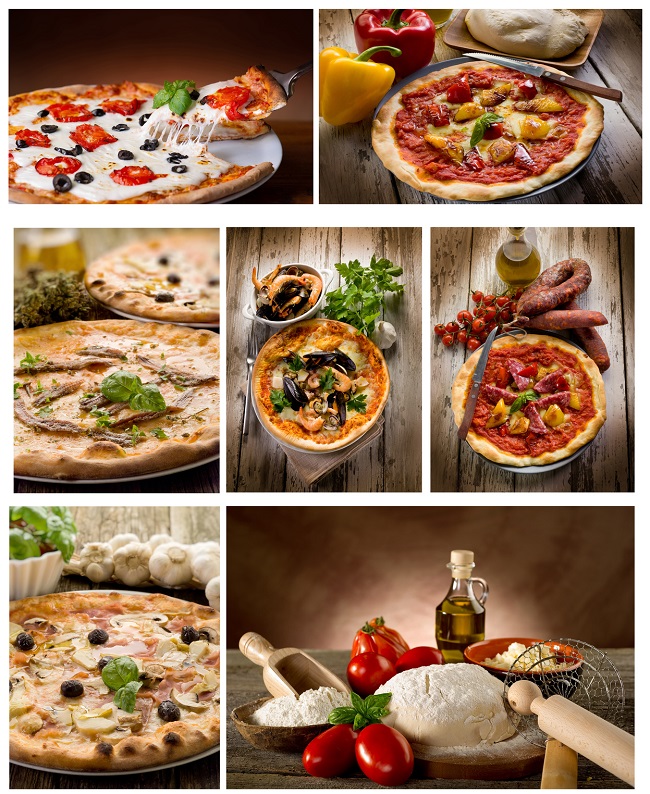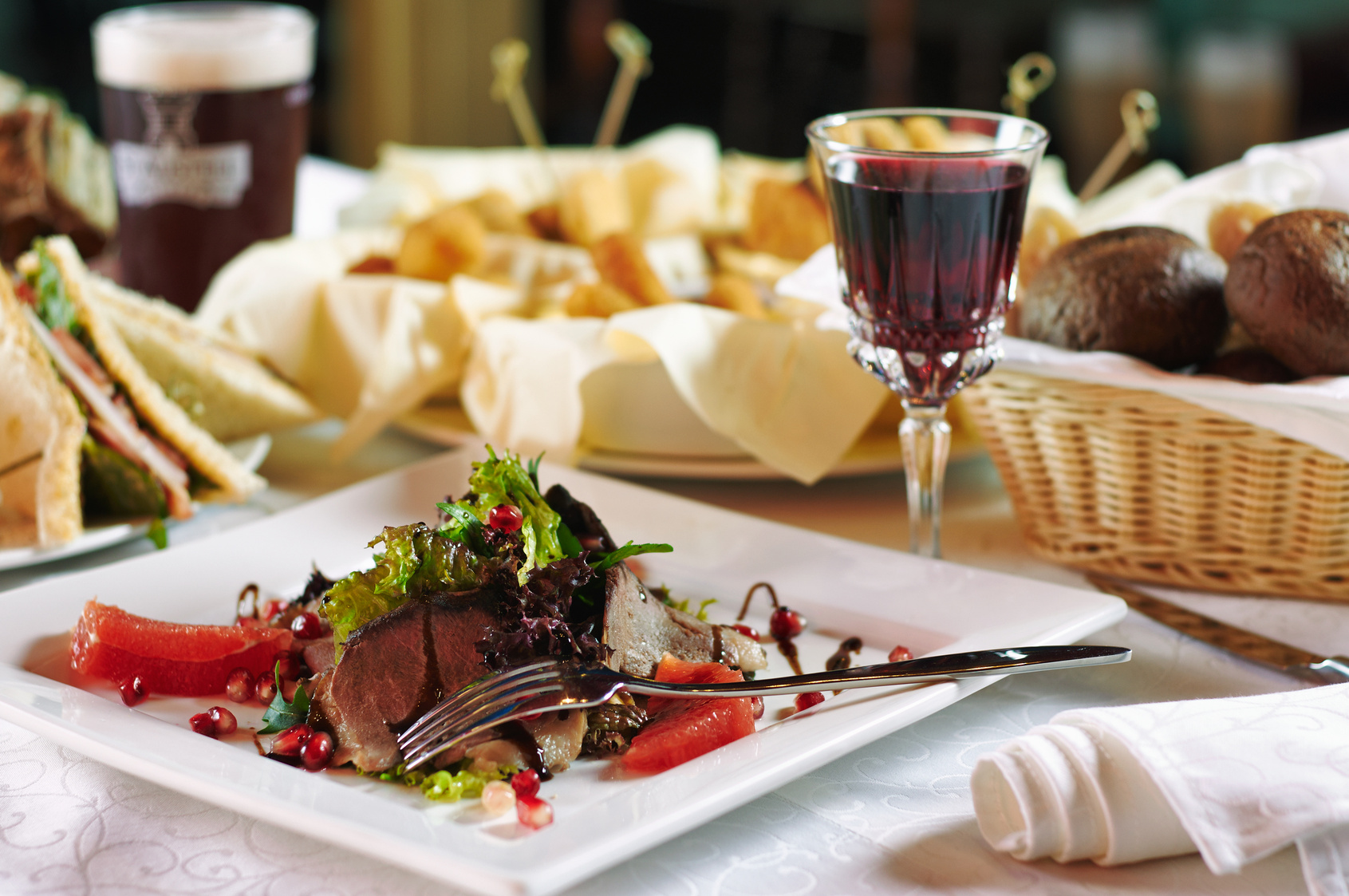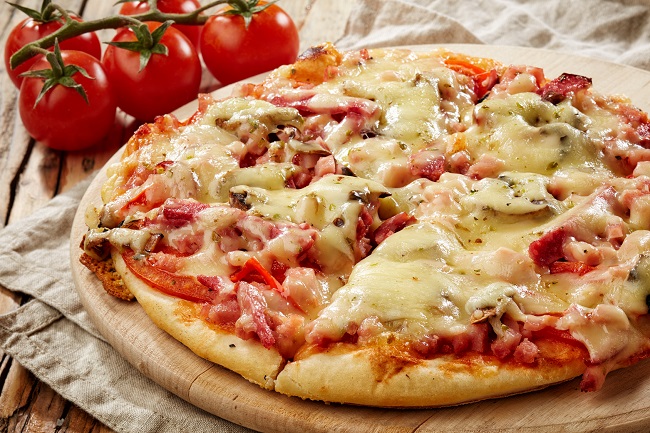Italians love their food. They pride themselves on the way they eat. Much of Italian food follows the Mediterranean pattern, which is all about simple ingredients. While Italian cuisine is full of gourmet recipes that have you salivating, here are some basics of Italian food that can actually help you to lose weight, control your blood sugar levels, and improve your cholesterol.
Olive Oil
Olive oil is a commonly used ingredient in Italian cooking, and it can easily be used as an alternative cooking option to butter. Olive oil is low on saturated fats, and it has good cholesterol that is beneficial for your health. Extra virgin olive oil is high on antioxidants, which slow the ageing process, and is great for glowing skin.
You can use olive oil as dressing on your salad, or for sautéing vegetables, and even in baking, replacing that decadent butter.
Tomatoes
Tomatoes are intrinsic to an Italian diet, and they come with a host of health benefits. Tomatoes are rich in Vitamin C, and a kind of antioxidant that protects your heart. They are also rich in Vitamin A, and potassium.
You can make a gorgeous red tomato sauce at home for dressing your salads and pastas, or garnish your greens with the fresh flavors of ripe tomatoes.

Garlic
Garlic adds another delectable dimension to dishes, and that’s why, Italians love it. Ancient Romans were staunch believers in the healing powers of garlic, and that has been established in several studies over the years. Garlic has antifungal and antibacterial properties. In addition to that, garlic cuts down the risk of cancer substantially.
Garlic also prevents clotting of the blood, making it good for people with high-blood pressure. However, to release the health benefits of garlic, it should be crushed or chopped, and allowed to rest for 10-15 minutes.
Seafood
Seafood is essential to many Italian foods, and these make for staple protein source. While tuna and other fattier fish are a fantastic source of omega-3 fatty acids, leaner fish like shrimps and mussels are rich in protein. There are plenty of Italian recipes that feature seafood, often more than one type in the same dish.
Whole Grains
Mediterranean cuisine is rich with examples of whole grains, and the same goes for Italian food. Whole grains have a much lower glycemic index than refined grains, making them easy to digest. Since they are digested more slowly by the system, they result in a gradual increase in blood-glucose levels, which is healthier. A diet consisting of whole grains can substantially lower the risk of heart disease and diabetes.
Whole-wheat pasta, or whole-wheat bread that is toasted and topped with chopped tomatoes and garlic tastes delicious.

Beans
Beans form an important part of Italian food, and they act as a good substitute for animal protein. If you are looking to cut down on your saturated fat intake, beans are a very good option. In addition to that, beans are also rich in calcium, and iron, which is good for the bones. They are also rich in antioxidants, and fiber, and are often recommended for controlling diabetes.
Plenty of delicious Italian recipes that feature beans are available, such as the bean paste, or sautéed beans on toasted whole wheat bread.
Nuts
Like olive oil, nuts too are integral to Italian cooking. While adding a crunchy element to dishes, nuts are rich in monounsaturated fats, which is good for the heart. They are also rich in proteins, particularly arginine, which helps keep your blood vessels healthy.
You can easily top your salads with nuts, or make a nutty sauce that can be used with pastas and pizzas. If you want to catch the real taste of Italian food by just clicking here now. You can get little bit of Italy in your place.












